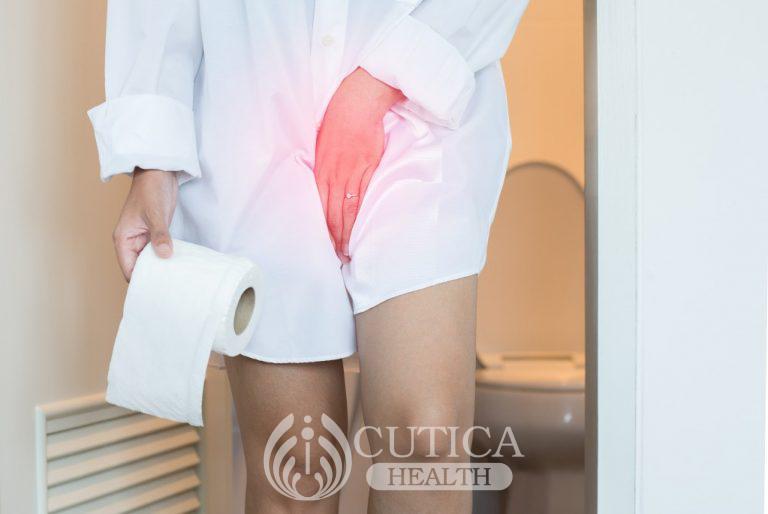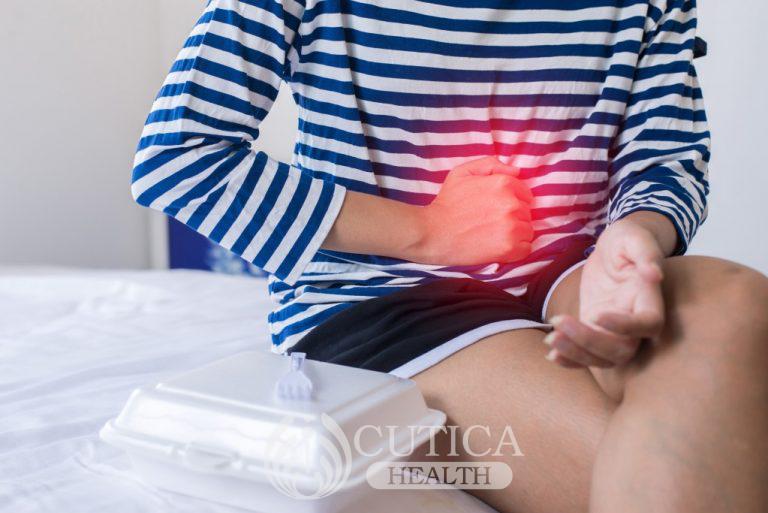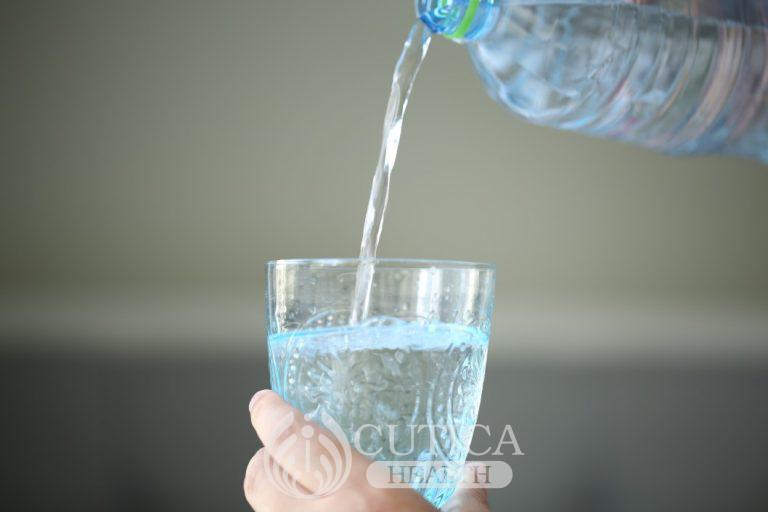
When the infection is limited to the bladder it is called cystitis. Infection that has spread to the kidney(s) is called pyelonephritis or “pyelo” for short. Even though UTIs are frequent, it’s possible to reduce the risk of contracting them.
This is the story of Eva’s UTI: One evening, Eva noted that she had visited the bathroom three times in less than 2 hours. She experienced a burning sensation each time she passed urine. She was also having intermittent urge to pass urine. The following morning, she visited a health facility.
What are the causes and risk factors?
UTI occurs when bacteria enter the urinary tract and travels up to the bladder and kidneys.
Typically, the infection is caused by bacteria that normally live in the gut such as E-coli.
Women are at a higher risk of contracting UTI than men due to the shorter distance between the anus and the urethra, the opening through which urine comes out of the body. Sexual activity increases the risk because it can promote entry of bacteria into the urethra. However, even with sexual inactivity, a woman can develop a UTI – due to other risk factors.

These other risk factors include menopause, blocked urinary tract (such as from kidney stones), recent urinary tract surgical procedures, and having a weak immune system.
Symptoms and signs of UTI vary depending on the extent of the infection and areas affected, and include:
- Urge to pass urine frequently
- Cloudy or bloody urine
- Foul-smelling urine
- Pain or burning sensation when passing urine
- Lower abdominal pain
- Backache or flank pain
- Fever
- Nausea or vomiting
Presence of fever or nausea and vomiting would suggest the infection has spread to the kidneys. Some symptoms of UTI can also be caused by sexually transmitted infection.
Prevention and Treatment

Drinking lots of water – at least two liters – daily reduces the risk of coming down with a UTI. In addition, proper personal hygiene is important in preventing bacteria from entering the urethral opening from around the anus. A medical practitioner can order the right tests and prescribe the proper antibiotic for treatment.












